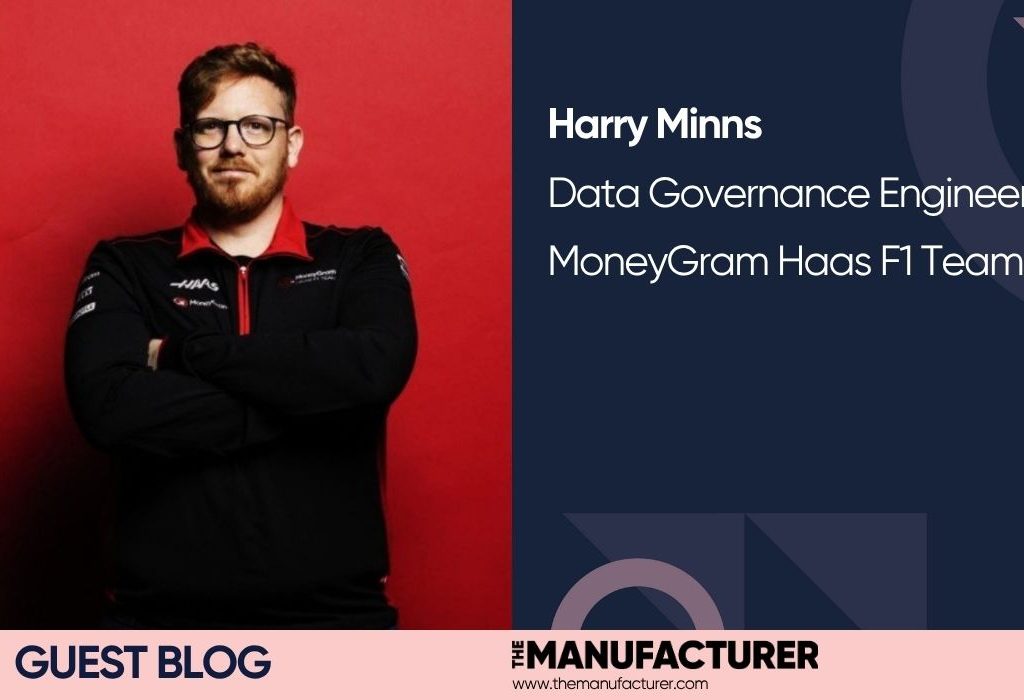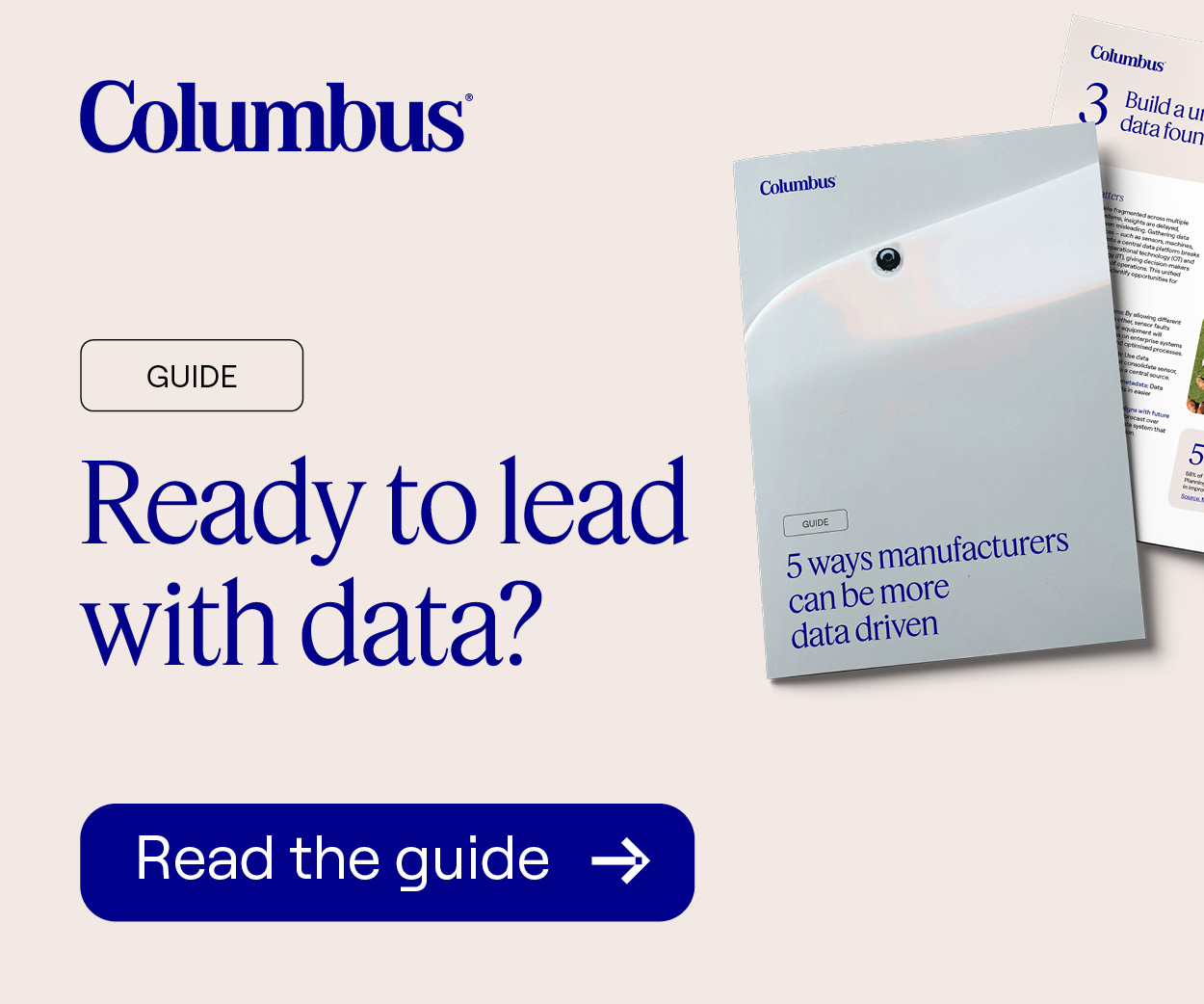After ten years of working on ERP implementations across various industries, I’ve come to recognise a pattern that, if unchecked, can cost organisations dearly—not just in money, but in momentum and morale. While ERP systems promise structure, control, and growth, the path to delivering on that promise is often muddied by misconceptions and missteps.
One of the most persistent myths in ERP implementation is the idea of an “out-of-the-box” solution. While it’s an appealing concept—buy the software, turn it on, start reaping benefits—the reality is far more nuanced. Yes, standardisation is vital, and aiming to stay close to out-of-the-box functionality should always be the starting point. But every organisation has its own DNA: processes, people, data, and history that don’t fit neatly into a template.
The real value lies in knowing when to bend and when to stand firm. Too many times, I’ve seen businesses race to customise before they truly understand what they’re trying to achieve or what the system can already do. Equally dangerous is the blanket directive to “just stick to the standard” even when a critical need is going unmet. The result is often frustration on all sides—and spiralling costs.
What I’ve found works best is a mindset shift. ERP isn’t a product you install; it’s a platform you grow into. The most successful programmes I’ve worked on took a staged approach—get live, stabilise, embed, then enhance. It requires discipline, trust, and a willingness to walk away from perfectionism. It’s better to go live with 85% of what you want working well than chase 100% and never arrive.
Every organisation carries a legacy—often a tangled web of systems that date back decades. These older platforms are usually held together by a few key individuals who have become the de facto gatekeepers of vital business knowledge. It’s tempting to assume that these systems can simply be retired or ignored, especially when a new ERP is positioned as the sleek, modern replacement.
But that assumption is dangerous.
Overlooking legacy integrations, data dependencies, or the nuanced ways older systems support business operations can jeopardise the entire go-live. Critical testing is often skipped for systems we plan to “pipeline in” or black-box temporarily. And that oversight can lead to missed deadlines, cost overruns, and even operational failure.
Every ERP launch should begin with a clear view of the full system architecture. The goal should be to consolidate and simplify—yes—but also to respect the complexity that already exists. Where possible, bring functionality in-house to the new platform. But be prepared: the handover from legacy won’t always follow a standard path. It takes detailed planning, engagement with the right internal stakeholders, and a readiness to build pragmatic, sometimes imperfect, bridges.
In my experience, the success or failure of an ERP implementation almost always comes down to one thing: people. I’ve seen launches succeed with lean, focused teams and others collapse under the weight of large, misaligned ones. The difference isn’t headcount—it’s engagement.
Bringing users and process owners into the conversation early gives you access to the operational knowledge that lives outside of documentation. It also creates a sense of ownership that will pay dividends when things get tough.
The real skill lies in striking a balance: listening carefully to how things are done today, while resisting the temptation to blindly replicate outdated processes. You need to surface genuine roadblocks without getting bogged down by “this is how we’ve always done it.” That tension—between understanding the current state and designing for the future—is where the real art of delivery lives.
Ignore your people, and you risk derailing the whole programme.
This brings me to a role that’s often misunderstood—and frequently ridiculed—for good reason: project management. Let’s be honest, there are plenty of bad project managers out there. But a truly good one? They’re like gold dust.
The right project manager is absolutely fundamental. They can drive timelines and manage milestones, yes—but more importantly, they know how to get the best out of both sides of the project: the delivery team and the end users. They don’t just run stand-ups and send status reports; they build trust, spot friction early, and keep momentum alive.
A weak project manager who fails to bring people with them will quietly drag the whole thing down. And yet, the title is too easily claimed—being certified isn’t the same as being capable. The ones I value most are the ones who roll up their sleeves, dive into the detail, understand the people, and stay close to the real issues.
When you find one like that, hold onto their number. You’ll need them again.
So here’s my message to any organisation setting out on the ERP journey: there’s no silver bullet. But there is a smarter way. Aim for out-of-the-box, but don’t be afraid to diverge when there’s a clear reason. Keep your internal teams close and empower them—they’ll be the ones living with the system long after the consultants have gone.
And most importantly, remember that the software is only part of the story. The rest is about people, process, and purpose.
For more articles like this, visit our Digital Transformation channel.




